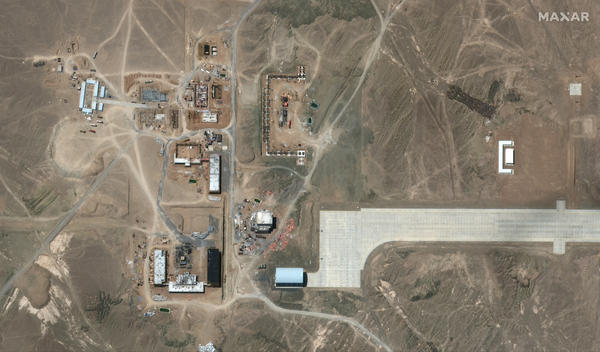China’s government has completed building a track that was one of the most important projects for the national railways. It stretches from Hotan city in Hotan prefecture to Ruoqiang county in the Bayingolin Mongolian Autonomous prefecture and runs for 512 miles (825 km), a press statement reveals.
It is the final component of the Taklimakan Desert railway loop line. This is the world’s first railway loop line that circles a desert. The construction started in 2018 and the track is expected to be entirely functional in June 2022.
The Taklimakan Desert is China’s largest desert. The railway loop line covers the Golmud-Korla Railway, the Kashgar-Hotan Railway, and other southern Xinjiang railways. Yang Baorong, chief designer of the Hotan-Ruoqiang Railway stated, “this railway line runs through the southern edge of the Taklimakan Desert. Sandstorms pose a serious threat to railway construction and operation as tracks can be buried.”
Owing to the issues of sandstorms, anti-desertification programs were executed during the same timeline as the track’s construction. The construction project planted 13 million seedlings and fitted around 50 million square meters of grass grids alongside the tracks. Viaducts were also constructed to enable safe passage in the areas where sandstorms were hazardous.
The new track line will reduce the traveling time and accelerate the economic development in the areas it links. A report from Railway Technology stated that China will invest approximately $154.88 billion into expanding the railway network in the Yangtze River Delta (YRD) between 2021-2025. The investment will expand the railway lines in the region by roughly 13,670 miles (22,000 km).
Earlier in 2014, China announced a huge 8,077-mile (13,000-km) US-China railway line that would cost $200 billion to construct. The project would see a high-speed rail line stretch northeast from Beijing before running for 8,077 miles (13,000 km) through Siberia, and then traveling 124 miles (200 km) underwater, crossing the Bering Strait to Alaska. That project now seems to be delayed. However, it could still be on the backburner as China is finding opportunities to expand its rail network and enhance its economy.

